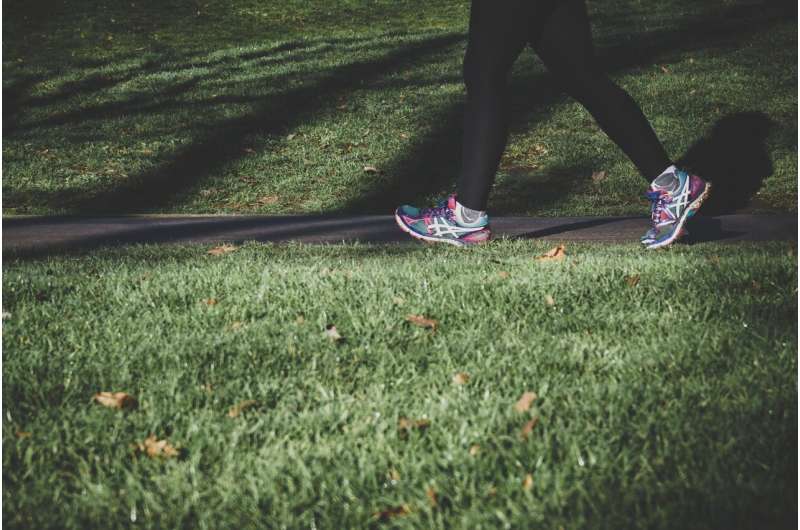Unraveling Unconsciousness: How Different Anesthetics Alter Brainwave Phase Similar Outcomes

New research reveals that different anesthetic drugs induce unconsciousness by causing similar shifts in brainwave phase, offering a potential universal marker for anesthesia monitoring and consciousness studies.
In a groundbreaking study, neuroscientists at MIT have revealed that despite working through distinct mechanisms at the molecular and cellular levels, various anesthetic drugs ultimately produce the same effect: inducing unconsciousness by altering brain wave synchronization. The research focused on two widely used anesthetics—ketamine and dexmedetomidine—and demonstrated that both cause a significant shift in the phase relationship of brain waves within the cortex.
Brain waves are collective electrical signals generated by neurons. When these waves are in phase, with peaks and troughs aligned, they facilitate effective communication among neural groups, supporting conscious functions like perception, attention, and reasoning. Conversely, when brain waves are out of phase, this communication diminishes, leading to unconscious states.
The senior author, Picower Professor Earl K. Miller, explained that their study identified a key marker of unconsciousness: the change in phase alignment of brain waves. Given that different anesthetics promote this shift similarly, phase could serve as a universal measure for monitoring consciousness during anesthesia, regardless of the specific drugs used.
The team observed that, when animals lost consciousness under anesthesia, there was an increase in phase locking, particularly at low frequencies. Intriguingly, within each hemisphere, brain wave phases between different cortical regions became misaligned, while interhemispheric phase alignment increased. These findings suggest that anesthesia induces complex, distance-dependent changes in brain wave synchronization, which are associated with the unconscious state.
Distance played a crucial role in phase shifts—brain wave misalignment increased with spatial separation within the cortex, reflecting traveling waves propagating across the brain. This phenomenon aligns with previous studies showing that anesthetics like propofol induce dominant traveling waves across cortical areas.
Understanding how different anesthetics affect phase synchronization opens avenues for developing advanced monitoring systems. Such systems could automatically adjust anesthetic delivery in real time, based on precise brain activity measurements, enhancing safety and effectiveness. Collaborators at MIT, including anesthesiologist Emery N. Brown, are working on creating closed-loop systems that utilize brain wave phase as a biomarker to control drug dosing.
This research also holds broader implications for understanding consciousness itself. Insights into phase dynamics could help differentiate anesthesia-induced unconsciousness from natural sleep, which involves similar slow wave activity but with different phase patterns. The findings pave the way for future studies exploring how traveling waves and phase shifts contribute to conscious experience.
Overall, this study demonstrates that despite their molecular differences, anesthetics produce convergent effects on brain wave phase, marking a significant step toward universal markers of consciousness and improving anesthetic practices.
Stay Updated with Mia's Feed
Get the latest health & wellness insights delivered straight to your inbox.
Related Articles
Uncovering the Hidden Healing Powers of Fibroblasts in Brain Injury Recovery
New research reveals that fibroblasts, cells found in the meninges, play a crucial role in brain injury healing by forming protective scars and coordinating immune responses, opening new avenues for treatment.
Optimizing Timing of Fertility Drugs Enhances Oocyte Retrieval in Research Study
Adjusting the timing of fertility drug administration to match follicle maturity can enhance ovulation and increase oocyte yield, offering promising insights for fertility treatments.
New Study Uncovers How Testosterone Influences Brain Function, Social Behavior, and Self-Worth in Young Men
Recent research from Hong Kong Polytechnic University reveals how testosterone influences brain function, social behavior, and self-esteem in young men, highlighting new potential for clinical applications.



